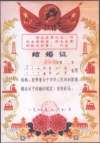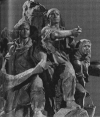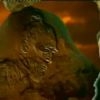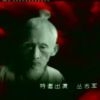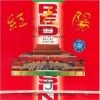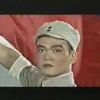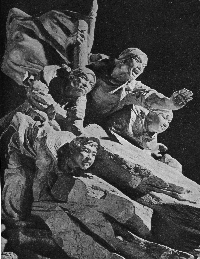Song of Dazhai
The clay sculpture Moving Mountains was completed in 1976, as part of a group of sculptures entitled Song of Dazhai. Again, it is the sheer strength and dynamics in this collective made up of people of different genders and ages that is noteworthy in this art piece exuding “Revolutionary Romanticism.” And again it is Mao’s words and Mao Zedong Thought as the source of their strength that is foregrounded: one group of young men and women is seen “writing revolutionary posters” (presumably with quotations by Mao), while another group of girls is studying Mao’s works together (see ill. II.2).
Incarnate in all of these images is the collective subjectivity called forth and articulated by Communist ideology, which saw the telos of history as realized in revolutionary campaigns (Wang 1997, 190). These images are supposed to be models; they are embodiments of the people’s faith in the power of the collective to transform the world, which is called on allegorically in the spirit of the Foolish Old Man. The story would become the foundational myth of the PRC, a republic said to have been built upon the will and the power of the people. Accordingly, the Foolish Old Man’s story became an integral theme of official schoolbooks published in the “liberated areas” before 1949 and spread nationally afterwards (Bergman 1984, 39, 65, 76).









